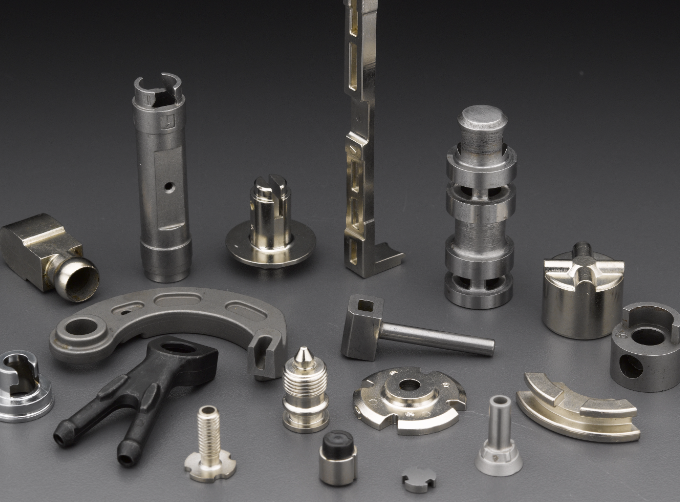Overview of Steel Injection Moulding
Definition and Basic Process
The mixture solidifies in the mould, taking on the desired shape. This technique combines the flexibility of plastic injection moulding with the strength and durability of metal. Unlike traditional methods, it allows for more complex shapes and finer details in the final product.

History of Steel Injection Moulding
The technique originated in the mid-20th century, evolving from the plastic injection moulding industry. Over the years, advancements in technology have enhanced the precision and efficiency of steel injection moulding, making it a preferred choice for various industries.
Comparison with Traditional Steel Moulding Methods
Traditional steel moulding methods like casting or forging involve heating steel to high temperatures and shaping it in moulds or by force. In contrast, steel injection moulding offers greater precision, often with tolerances as tight as ±0.005 inches. This precision is crucial for components in industries like aerospace, where exact specifications are vital. The process speed of steel injection moulding is significantly faster, reducing production time from hours to minutes for individual parts, depending on their complexity and size.
Materials and Equipment
Types of Steel Used in Injection Moulding
The selection of steel for injection moulding depends on the desired properties of the final product. Here’s a table summarizing common types of steel used:
| Steel Type | Properties | Applications |
|---|---|---|
| Stainless Steel | Corrosion-resistant, high strength | Medical devices, food processing equipment |
| Tool Steel | Wear-resistant, durable | Cutting and drilling tools |
| Alloy Steel | Customizable properties, versatile | Automotive parts, industrial machinery |
| Carbon Steel | High strength, cost-effective | Construction hardware, automotive components |
Each steel type offers unique advantages. Stainless steel is popular for its durability and resistance to corrosion, making it ideal for medical and food-related applications. Tool steel, known for its hardness and wear resistance, is suitable for manufacturing cutting and drilling tools. Alloy steels, with customizable properties, serve a wide range of applications including automotive parts.
Equipment and Machinery for Steel Injection Moulding
The equipment for steel injection moulding includes:
- Injection Molding Machine: This machine heats the steel and binder mixture and injects it into the mould. Modern machines offer precision control over temperature and injection speed, crucial for producing high-quality parts.
- Moulds: Custom-designed for each part, these moulds determine the shape and surface texture of the final product. Moulds require high-grade steel or alloy to withstand repeated heating and cooling cycles.
- Debinding and Sintering Furnaces: After injection moulding, parts undergo debinding to remove the binder, followed by sintering in a furnace to fuse the steel particles.
- Material Feed System: This system delivers the steel powder and binder mixture to the injection moulding machine. It plays a crucial role in maintaining the consistency of the mixture.
- Cooling Systems: Essential for rapid cooling of moulded parts, these systems ensure dimensional stability and reduce cycle times.
Material Preparation and Handling
Preparing steel powder for injection moulding involves:
- Mixing: Combining steel powder with a binder to create a feedstock. This mixture must have the right proportions for optimal flow and binding properties.
- Granulating: The feedstock is granulated to ensure uniform particle size, crucial for consistent injection and sintering.
- Drying: The granulated feedstock is dried to remove any moisture, preventing defects in the final product.


